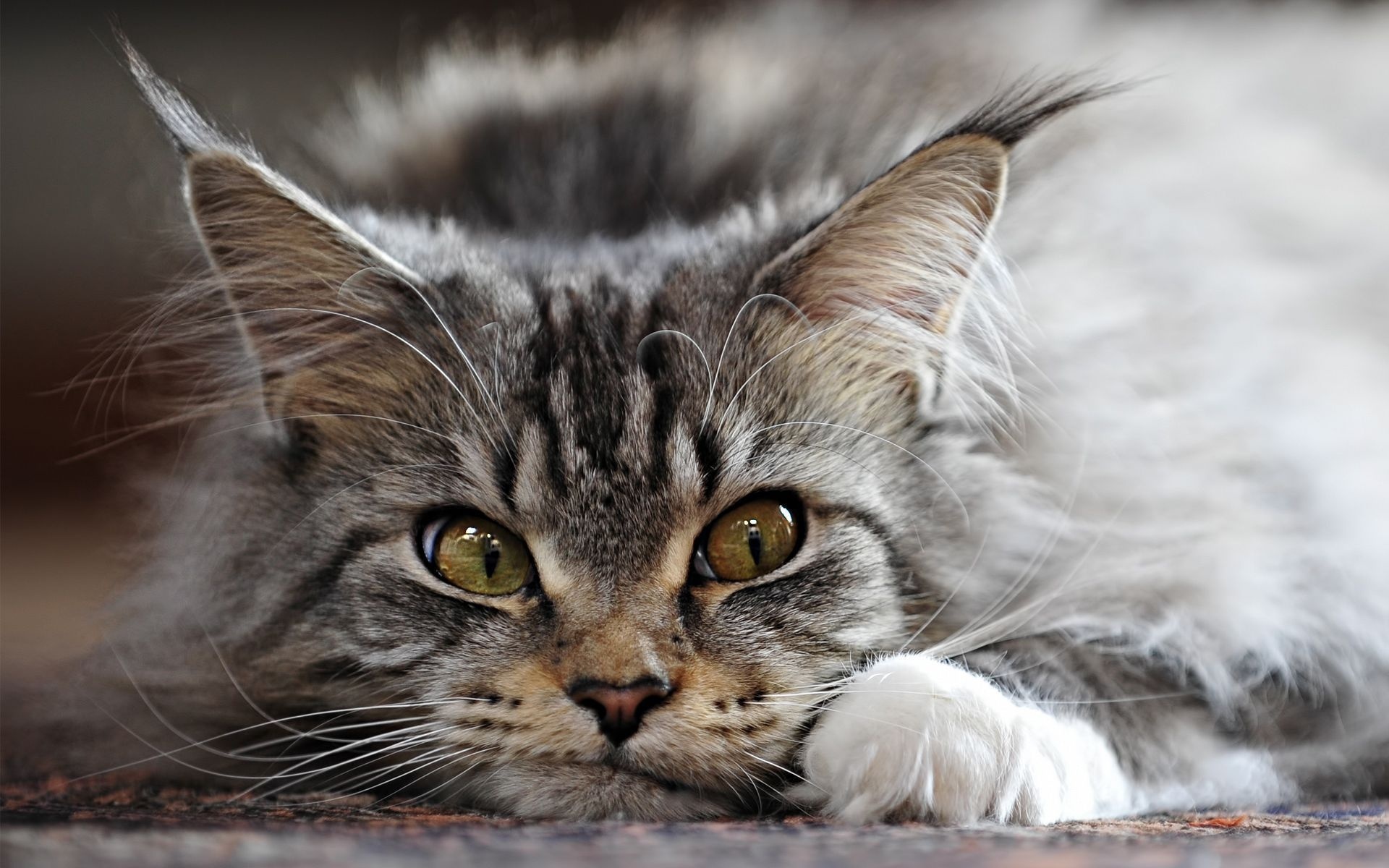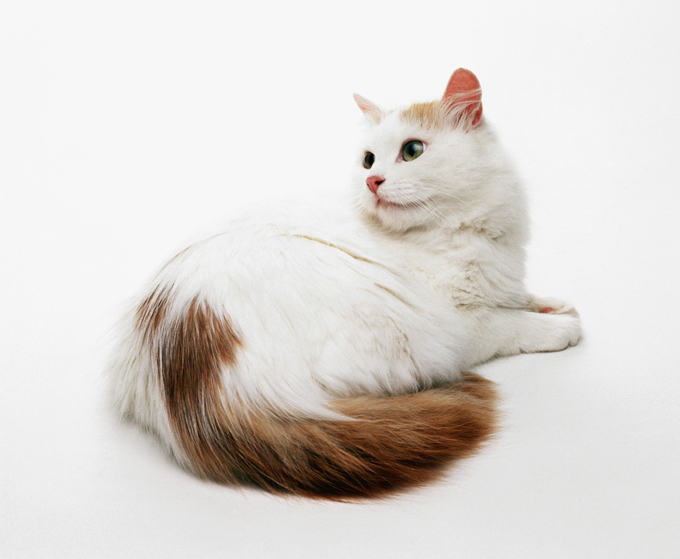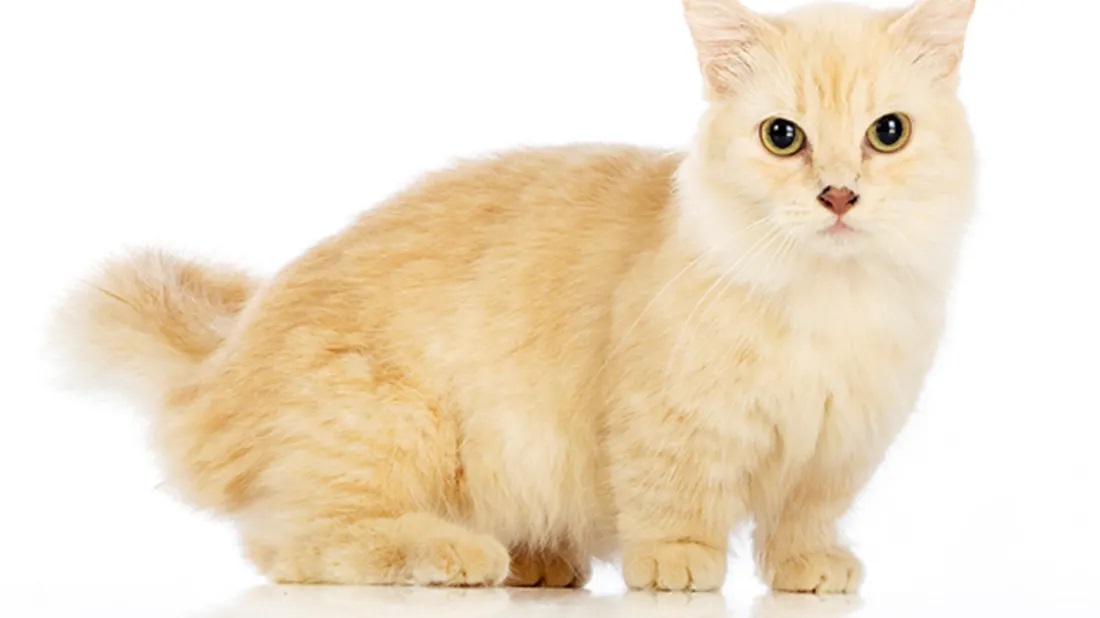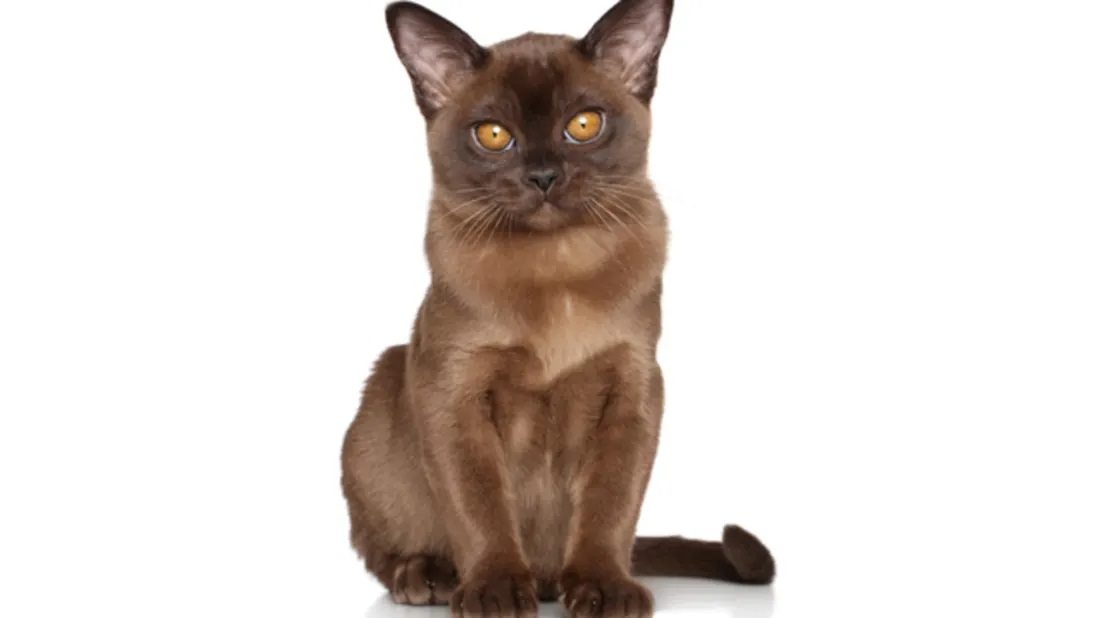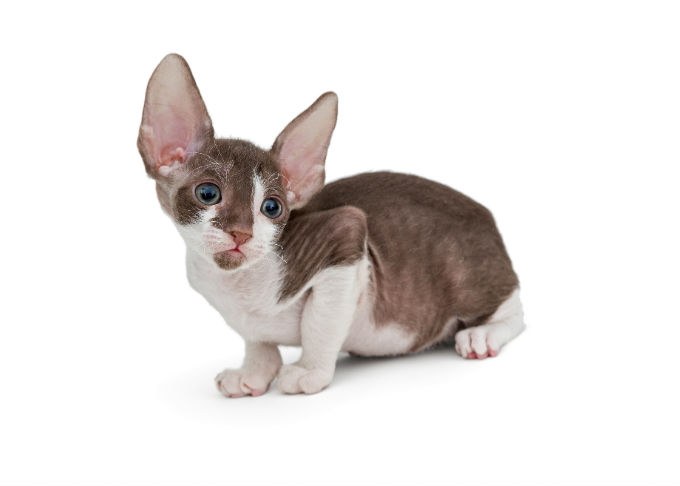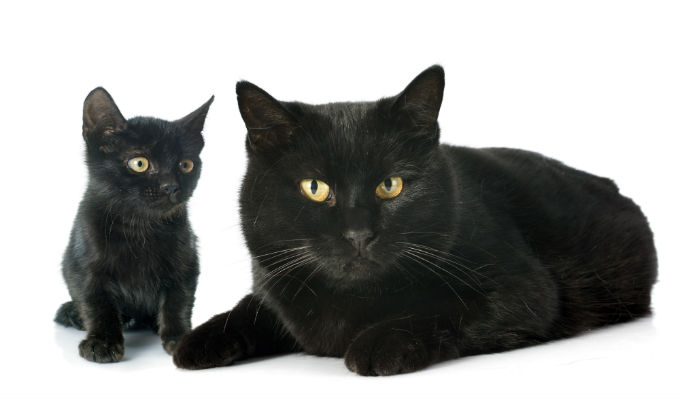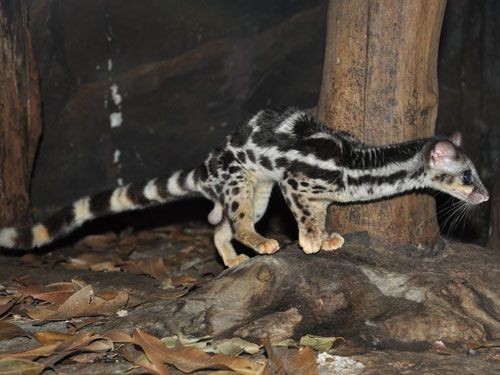The breed was first mentioned in Norwegian folk tales hundreds of years ago, especially in children’s stories. These cats lived in Norwegian forests without being domesticated until 1938, when some of them were sent to the Netherlands and Germany. , And then sent to the rest of the world.
The Norwegian forest cat is characterized by its ability to climb high places such as, trees, and even smooth rocks These cats weigh up to ten kilograms of males, and his head is triangular in shape, his ears are long with prolific hair, and his hind legs longer than the front, and fur thick, two-layer, The upper layer is soft, the bottom is rough in texture, needs extra care so as not to, wrinkle, long and thick tail lifted high when walking, can be a Norwegian forest cat brown or white, or a mixture between the two colors, and this cat is not social, it wins outsiders and reassures only For the family members who raise them But he is usually quiet, child-friendly and easy to train for games like running behind a ball.
The strange thing is that the Norwegian forest cat can catch small fish swimming near the shores of the seas by its long, sharp claws.
The records of this cat from cold northern climates dating back to ancient times, this breed is mentioned in Norwegian mythology and appeared prominently in the Norwegian mythology written between 1837 and 1852 where he was described as a magical cat, a long tail and dense this only Scandinavian breed known in 1930 He appeared in Oslo before World War II.
Frontline TopSpot (Known as Frontline Spot On) Cat Green 6.00
Norwegian forest cat is a breed of domestic cat native to Northern Europe, its nature adapted to a very cold climate, with a thick, shiny, long, woolly coat, although this is uncertain, ancestors, currently breed Norwegian forest cats and are very popular in Norway, Sweden, Iceland and France.
Norwegian jungle cat is a large strong cat, with long legs, bushy tail and sturdy body, very good breed in mountaineering, because they have strong claws. Its age is usually 14 to 16 years, although kidney and heart disease has been reported to infect the strain, specifically in this breed, and a complex rearrangement of glycogen branching enzyme (GBE1) can cause perinatal hypoglycemia and late degeneration. Juvenile neuromuscular emergence in glycogen storage disease type IV.
Norwegian forest cat built strongly and larger than the average cat, breed with a strong long body, long legs and tail, has a long top layer, shiny, thick and water-repellent and thicker woolen scalp in the legs, chest and head, the biography of the breed is generally straight
The head is long, similar to an equilateral triangle, a strong chin, and a medium-length muzzle; the head is considered square or round in shape to be a blemish, almond-shaped eyes, and can be of any color, large ears, wide at the base, and tufted apex, it is placed in The extension of the triangle formed by the head, ending with a tuft of hair such as lynx ears, all colors are accepted except the coat of chocolate, lilac and fawn dilutions and cinnamon, since cats have very strong claws, they are very good climbers, and can even climb rocks
Norwegian forest cats have a quiet voice but can develop loudly if kept at home with a dog, they are friendly, intelligent, usually good with people, Norwegian forest cat has a lot of energy and can be very difficult of attention, those Cats that live primarily become outdoor hunters fast and efficient, but can also breed adaptation to indoor life.


